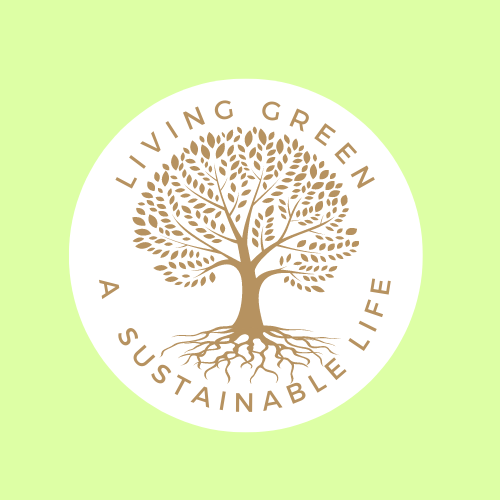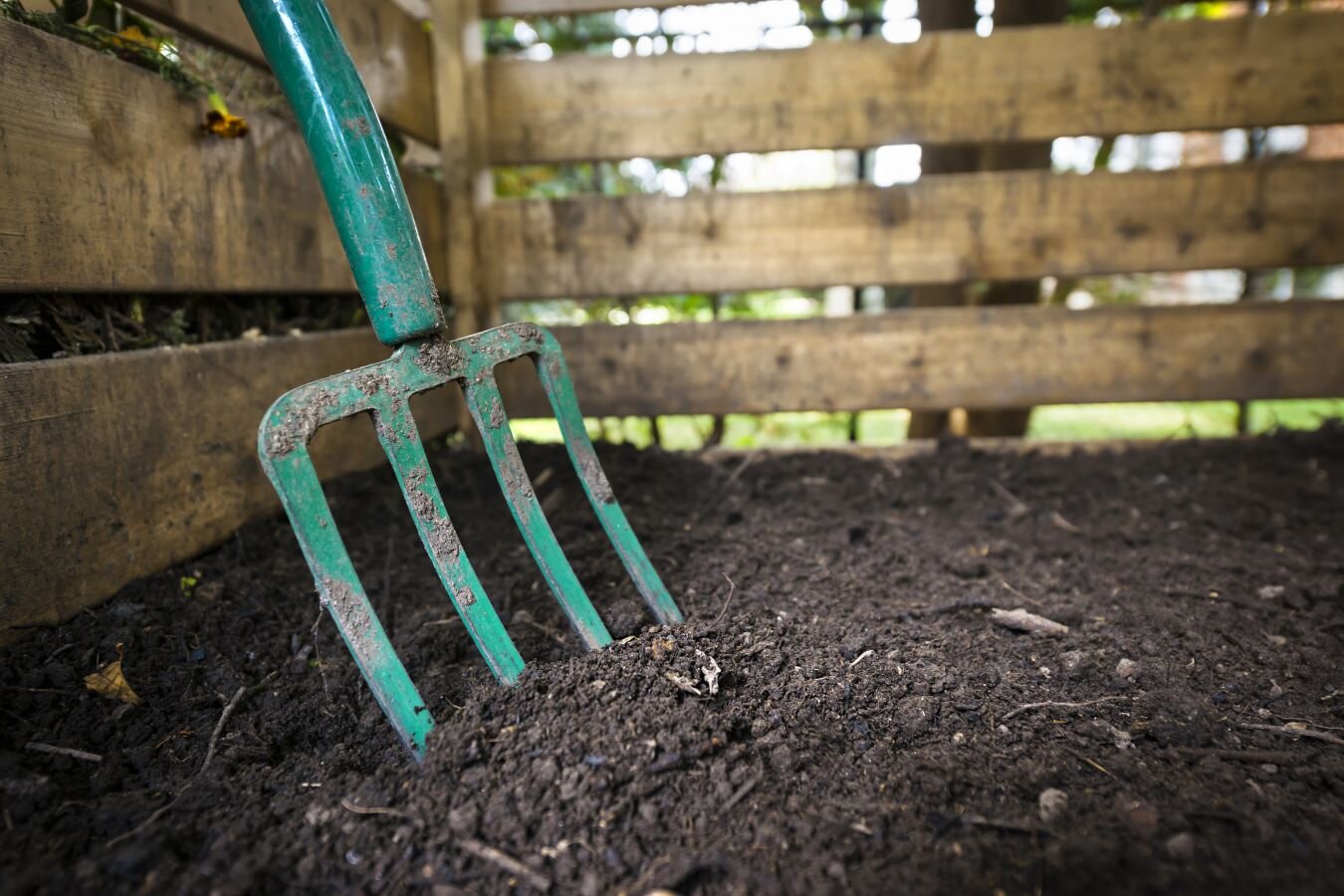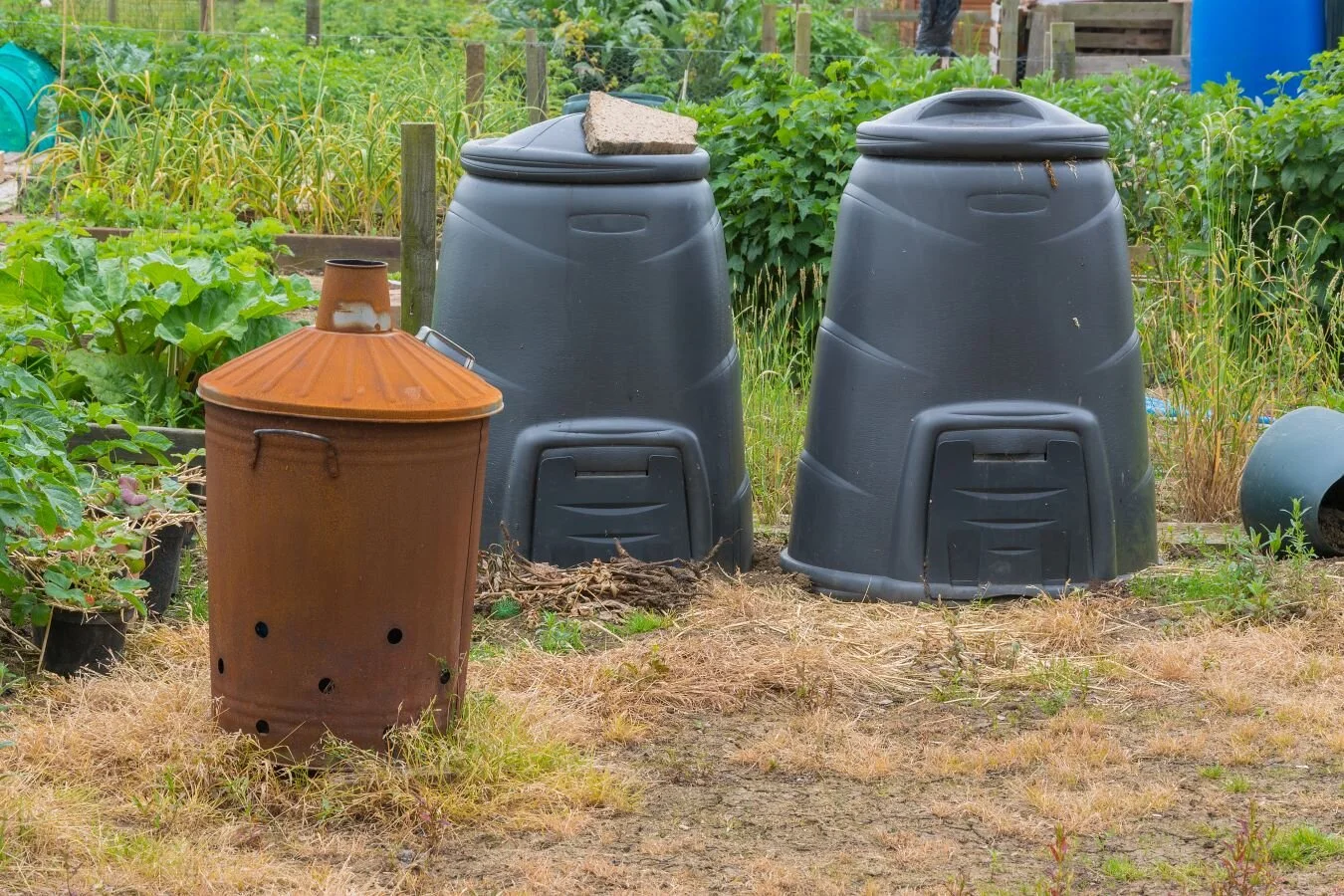Zero Waste Gardening. The Ultimate Guide.
As a term I have never really liked “Zero Waste”. I think scare many with un-realistic ideals.. However for what I do and talk about on an everyday basis it is the easiest way to describe this lifestyle I try to lead. But what I hear you say actually is a “Zero Waste Garden”
A Zero Waste Garden is a term to explain your garden being as sustainable as possible. Productive and environmentally friendly gardens can be created with nothing but what is already there. It's natures lifecycle we have somehow forgotten.
A Zero Waste Garden needs to be as plastic free, as organic, as cheap and as bug, bee, insect and animal friendly as possible without effort. It means that nothing in your garden will ever go to waste, and will be used again in another fertile life. Funny enough this is simple to do. Just follow my 10 steps to a sustainable garden. Spoiler alert, Mother Nature had all the answers after all.
10 steps to an effortless, sustainable, zero waste garden.
quit tidying up. Leave the leaves.
It turns out all that tidying up and clearly of leaves that takes so much time in our garden pointless. Everything that falls in your garden is organic matter that should returned back to the soil as nutrients.
It’s taken me years to quit with the tidying. Everything in me wants to clear things away, put it neatly in the compost bin or brown bin to be taken anyway, but essentially what I am doing by doing this is taking away my gardens biggest food source.
The leaves can become a mulch on top of your soil. Dying flower heads and their seeds are a great food source for birds and the roots in the ground from last years flowers or crops are all food for the soil.
stop digging. Mulch instead.
But best thing I ever did for my garden was to stop digging. Especially in areas like a veg patch which will likely become bare at some point before you plant this seasons crops into it. But what exactly does no dig mean?
The No Dig method is about preserving the soil as it should be. The more we dig our soil and knock it around the more we are batter and even kill the organisms in the soil which give it life. These organisms are so important for the natural soil structure and will also aerate and drain the soil naturally, making it the perfect place for your crops and flowers to grow.
The only thing you need to do is mulch. This counts for areas that are bare ready for crops or your flower beds to give them nutrients and help cover up the weeds you don’t want. This can be done with compost (the best thing for the UK climate, other climates might benefit from drier mulches.) By spreading this on the soil rather than digging it in the organisms and worms in the soil will do their job and break it down to give it nutrients.
This is were the zero waste part comes in. The easiest thing you can do is to make compost from your kitchen scraps and this is what you’ll use as a mulch.
This really will feed your soil, while being zero waste it will also illuminate the need for fertilizers, weed killers and anything else that comes in plastic, costs money and in reality is just killing that all important nature balance.
The No Dig method pioneered by the lovely Charlies Dowding really is a wonder, not only for the soil but for making gardening easier too. For a comparison on how well your crops could do with no dig against digging compost in have a watch of this “No Dig Explained.”
Mulch to stop the weeds.
Another benefit to no dig is that it really helps reduce the weeds in the garden. By mulching on compost, leaves, manure, hay, whatever you choose for you garden and your climate this will reduce light to the weeds and stop them growing so much. Just pull up any by hand that may make it through but save hours of weed next season and save money, plastic and chemicals from weed killers.
Like I said in tip number one, simple stopping tidying your garden is a form of mulching. Leaves rooting in place, twigs etc, as long as you get used to the less than tidy, perfectly manicured garden this is a great thing to do. If you really can’t embrace the beauty of a messier garden (which is my opinion can be beautiful too, mulching with compost on top of the untidiness will make it look neater and add even more nutrients to the soil. (Disclaimer, I do do this as well, I just like the herb garden and beds nearest the kitchen looking neat. The secrets out.)
Leave roots in place.
When clearing out old plants or gone over vegetable plants an easy thing to do is to leave the roots in the ground just chopping off the top of the plant. This is because roots are a key source of food for micro organisms. This will again keep nutrients in your soil and make growing things the zero waste way a lot easier.
Another tips I learnt from Hew Richards on building a healthy soil structure free and easy is to “Chop and Drop”. This simply means when you’ve cut back old plants, leaving the roots in the ground you can chop it all up roughly and spread it back on the ground you just cleared. This will again provide food for you soil and break down pretty quickly. If you don’t want to do this of course make sure you throw it into the compost.
Use presistant weeds as fertilizers.
Persistent weeds such as Bind Weed and Nettles are a gardeners nemeses. However soaking these types of weeds in water for a few weeks will make a decent (if not quiet smelly) fertilizer for you soil. Simply chuck all these weeds into a bucket, preferably with a lid to keep the smell in. Cover with water. 2 weeks later drain. Put the leaves and weeds in the compost and use the water on your beds.
Compost all your kitchen waste.
This is probably my favorite zero waste tips for the garden because it has nearly but all eliminated our kitchen waste and I’m not just talking about composting. I’m talking about Bokashi composting. A method of composting food from Japan that means you can compost ALL your kitchen waste. Cooked and uncooked food, oils, diary, meat, fish, bones, pasta, bread.
READ: bOKASHI cOMPOSTING 101 HERE.
The only extra thing you need to do is to sprinkle a layer of Bokashi Bran, which will pickle or ferment the food that goes in, making it break down much quicker into your soil or compost bin and will stop all your kitchen waste smelling.
Another benefit to Bokashi is the liquid drained off in the fermentation process. This is a great fertilizer. Simple dilute 1 part Bokashi juice to 100 parts water in your watering can and Viola you have a homemade fertilizer for you indoor and outdoor plants.
use all garden waste to encourage bugs.
Another less tidy thing I have been doing is to make a perhaps not as pretty as the ones you buy, bug hotel. Simply by collecting any twigs and sticks that are too big to go into the compost (these previously would have ended up in the brown bin) and throwing them into a quiet, under used part of the garden. For us this is between my two compost bins, hidden by a bush. By building pile of sticks and leaves this becomes the perfect home for bugs, and lifting the bio-diversity levels in your garden.
propagate what you have, or ask the neighbours.
You would be amazed at how easy it is to fill your garden for free and with no plastic pots at the same time simply by asking your friends, family and neighbors for cuttings. In fact the Pulmonaria in my garden was a cutting taken from my Mum’s garden, who took it from her Mum’s garden over 25 years ago before my Nanny died. All of my mint plants came from cuttings of my Mum’s garden too. My Geranium’s I take cuttings from every year to propagate in water and produce new plants, my Salvia’s came from my Uncles extensive collection, many of which came from cuttings from his friends. The list goes on.
Sure sometimes this takes a little more patients. Cuttings can take longer to establish than something ready grown from the garden center. However, hit the garden center for a few plants to fill a boarder and you will soon realize the price quickly adds up. Once home those few plants still won’t fill a whole area and take time to grow. Gardening I’m afraid is sometimes a game of patients.
The other reason I am really trying to stay away from buying from Garden Centers is that we really don’t know what the plants we are buying have been grown in. When I do buy compost I always make sure it is grown peat-free compost. However nearly all plants you buy will have been grown in peat. We also don’t know what fertilizers have been sprayed on these plants. Most likely bee killing ones.
According study by Professor Dave Goulson of Sussex University, found that 70% of the garden plants sold at large supermarkets, DIY shops, and garden centers, contain bee-killing pesticides. This even included plants labelled as bee friendly.
Yep, that right, you could be buying plants purposely to attract bees only to be poisoning them with pesticides that can last in the pollen and nectar for up to 4 years.
The solution is to look for organic plants (hard to come buy in most shops), grow from seed, or that cutting from your neighbor. Personally I like the last two options because they are much cheaper and stop yet more plastic pots coming into the garden.
Pledge to all buy seeds.
As I have spoken about above one of the most cost effective, environmentally friendly and plastic free ways to get vegetables and plants in your garden is to buy seeds and grow them yourself. It’s not easy for everyone, space to do so can be a factor, especially if you don’t have a green house. Your probably going to have to buy some potting soil (making it not totally zero waste), even all my composting efforts only just cover my small garden and some pots so I buy in some organic peat free compost.
The best thing you can do even with a small space is to start some on a warm, sunny window sill indoors and see what happens. I promise there’s nothing more exciting, no matter how old you think I am, than little seedlings popping their heads up for the first time, to then see then turning into real plants.
embrace what you didn’t plant.
Even plants I previously viewed as weeds. Flowers that even I might have liked in one small area I would pull out of another it had self seeded in. Why? Well because I had not purposely planted it there, therefore it was a weed.
This year I have let that go completely to see what grows up and how much fuller and prettier my garden can look because of this. More pulmonaria have popped up everywhere, and Forget-me-nots decorate the steps. The bees are loving it and even though it’s very early in the year the garden is looking beautiful. If I want to put something were a “weed” is growing I can simply take it out and replace it, no harm done.
This method is also good for the soil. The more plants in the soil, the more ground cover and the more roots growing down into the soil the better the soil structure and the happier the worms and organisms will be.
Could you embrace a less tidy garden? Fancy doing the Zero Waste Garden Challenge to see how little we can bring into the garden this year. That means spending next to no money and only excepting what is given to us, all the while seeing our gardens look the best they have ever looked?
I’d love to hear how you get on!!!






